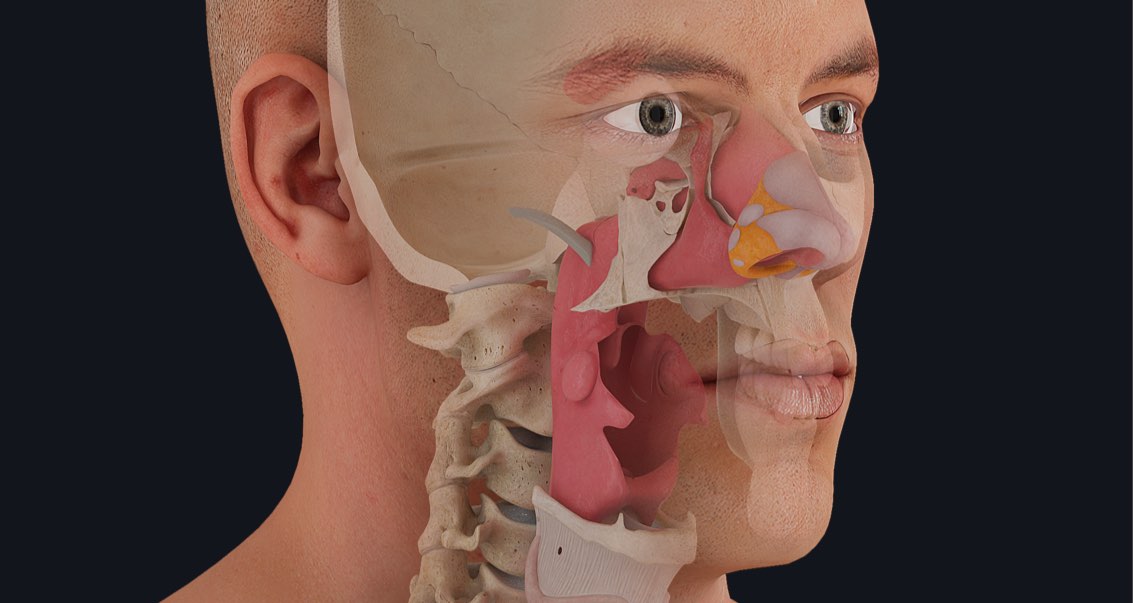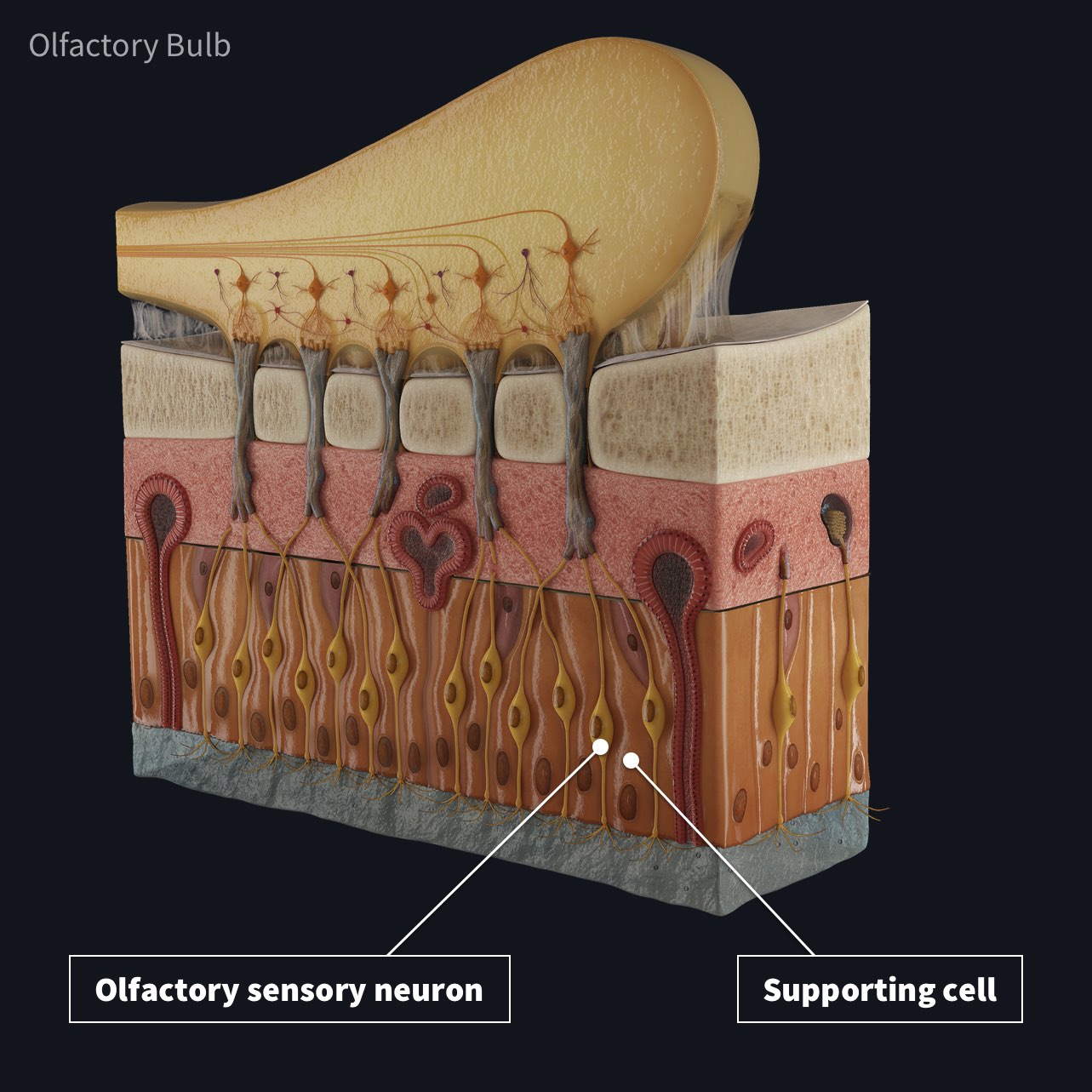
Disclaimer: Due to the fact COVID-19 is still being actively researched, the information below is subject to change based on our future understanding of the pathophysiology of the virus and its mechanism of action.
Hyposmia (a decreased ability to smell) or anosmia (an inability to smell), are very common conditions. However, the prevalence of these conditions has increased significantly since the outbreak of COVID-19. It was established very early on that anosmia and dysgeusia (distortions in taste) are some of the milder symptoms associated with this virus.
Anosmia caused by a viral infection is incredibly common. Normally a viral infection causes nasal obstruction which hinders odor molecules from interacting with olfactory receptors, resulting in an inability to smell. As soon as the blockage is cleared, the sense of smell returns.
However, it has become apparent that COVID-19 related anosmia is not caused by nasal obstruction and is a result of a different interaction. It was originally thought that the virus caused inflammation or damage to the olfactory sensory neurons, and that was what caused patients to lose their sense of smell.
However, recent papers have suggested that this may not be the case.
COVID-19 primarily targets a protein known as ACE2, or angiotensin-converting enzyme 2. It uses this protein along with a specific protease TMPRSS2 to bind to cells, enter them and then replicate. This specific ACE2 protein is not expressed on the olfactory sensory neurons and so these cells are not vulnerable.

This ACE2 protein is not expressed on the olfactory sensory neurons but has been found on some other olfactory cells such as sustentacular cells. These are one of two types of supporting cells found in olfactory epithelium, the other is microvillar cells. The sustentacular cells are columnar cells which divide and partly envelope the olfactory sensory neurons (as seen in image??). They are known as supporting cells as they function to provide metabolic and physical support to the olfactory epithelium.
Scientists agree that these are most likely the cells which the virus damages. The good news is, although damage to the sustentacular cells may cause secondary inflammation of the olfactory sensory neurons, there appears to be no long-term damage to the olfactory neural circuits. In comparison to anosmia caused by other viral infections, the recovery period of anosmia in COVID-19 is much shorter because the sensory olfactory neurons are not directly affected.
Another mild symptom of COVID-19 is dysgeusia (altered taste), and/or ageusia (loss of taste). Taste disorders are very often associated with viral infections. The science behind COVID-19 related dysgeusia is suspected to be very similar to that of anosmia. Like the olfactory epithelium, the epithelium of taste buds and salivary glands have also been found to express the ACE2 protein. The exact mechanism behind how COVID-19 results in taste loss or alteration has yet to be confirmed.
For more information on COVID-19 and chemosensory dysfunction check out some of these papers.
